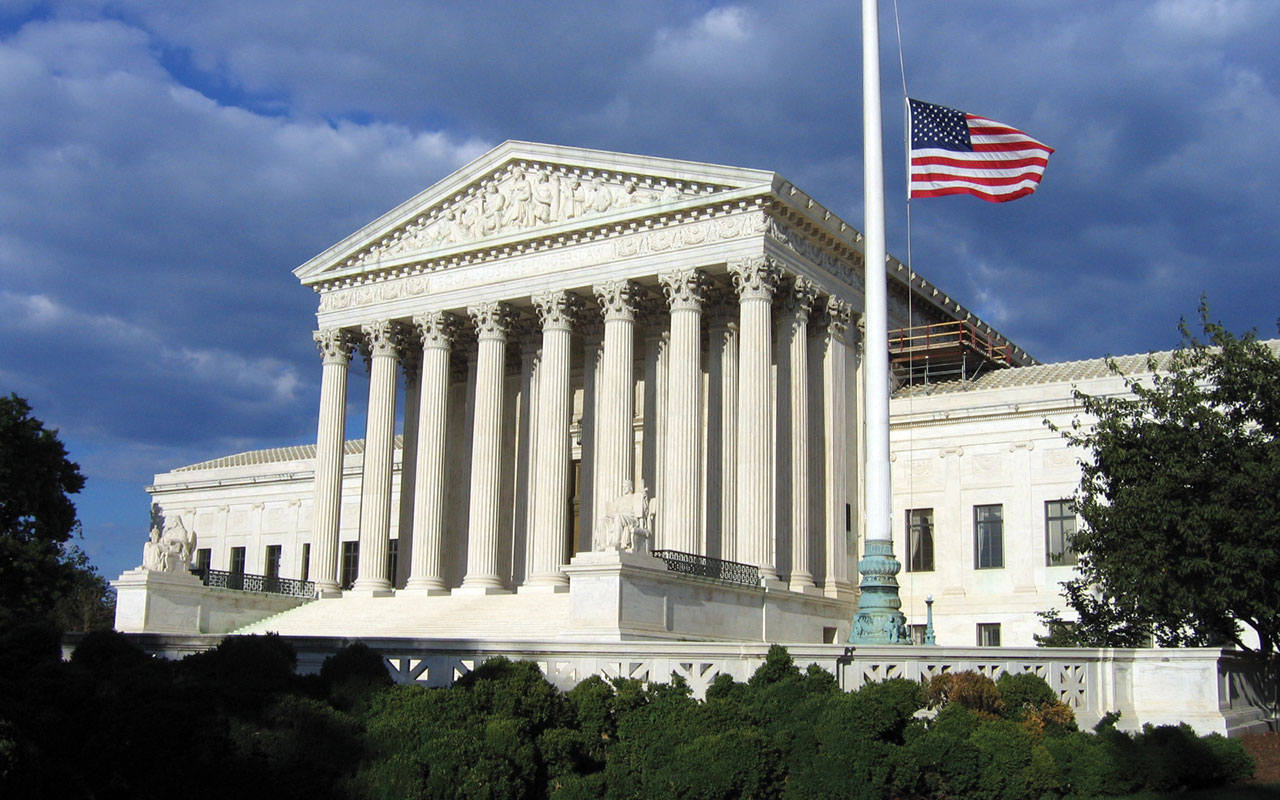WASHINGTON (BP)—The U.S. Supreme Court appeared to divide as expected Wed., March 2 in oral arguments regarding a Texas law that regulates abortion doctors and clinics.
Questions from the high court’s liberal bloc —Associate Justices Ruth Bader Ginsburg, Stephen Breyer, Sonia Sotomayor and Elena Kagan—seemed to demonstrate strong skepticism of the measure, which requires an abortion doctor to have admitting privileges at a nearby hospital in case a woman needs emergency admission. The law also mandates abortion clinics must meet the health and safety standards of other walk-in surgical centers.
Meanwhile, Chief Justice John Roberts and Associate Justice Samuel Alito appeared most doubtful of the arguments by the law’s challengers, while Associate Justice Anthony Kennedy—typically the court’s swing vote—even expressed some uncertainty about the court over-ruling a legislature in such a case. As usual, Associate Justice Clarence Thomas did not ask any questions.
The high court heard the arguments with only eight justices, because of the recent death of Associate Justice Antonin Scalia, a leader of the conservative wing for nearly three decades. Scalia, 79, was found dead Feb. 13.
The court’s new alignment makes a 4-4 split in this case a possibility. If the court were to divide evenly, it would result in the Fifth Circuit Court of Appeals’ decision upholding the state law remaining in effect in Texas, Louisiana and Mississippi. A tie, however, would not establish a precedent and not be controlling in the rest of the country.
The primary question the high court faces is whether the Texas law is an “undue burden” on a woman seeking an abortion. The justices established that standard in their 1992 Planned Parenthood v. Casey opinion, which permitted some restrictions but affirmed the 1973 Roe v. Wade ruling that legalized abortion.
With Scalia’s former chair in the courtroom draped in black, Stephanie Toti, the lawyer for the challengers to the law, described the two parts of the Texas law as “unnecessary health regulations.” Each of the requirements “is extremely burdensome,” she said.
Donald Verrilli, the Obama administration’s solicitor general, told the court the Texas requirements are “much more extreme” than any restriction the justices have considered since the Casey decision.
Scott Keller, Texas’ solicitor general, told the court the law is designed to “improve abortion safety.”
If upheld by the high court, the law would reduce the number of abortion facilities in Texas from what had been about 40 to fewer than 10.
The Southern Baptist Ethics & Religious Liberty Commission (ERLC) and the Southern Baptists of Texas Convention (SBTC) joined four other groups in a friend-of-the-court brief that urged the justices to affirm the Texas law. The Christian Life Commission of the Missouri Baptist Convention signed onto another brief in support of the requirements.
When the ERLC-SBTC brief was filed Feb. 1, ERLC President Russell Moore said, “Abortion activists have claimed for years that protecting women from harm is their primary goal, but they are certainly on the wrong side of women’s health on this issue.” His prayer, Moore said, is the court “will recognize the reasonableness of Texas’ measures and defend women and families.”
Gary Ledbetter, the SBTC’s director of communications and ministry relationships, told BP, “Abortion providers seem to believe that they should be exempt from regulation because it would make a hardship on their ability to make a profit.”
A large group of pro-life supporters and an even larger crowd of abortion-rights advocates gathered on the sidewalk in front of the Supreme Court building before, during and after the arguments.
An opinion in the case, which is Whole Woman’s Health v. Hellerstedt, is expected before the court ends its term in late June or early July.





